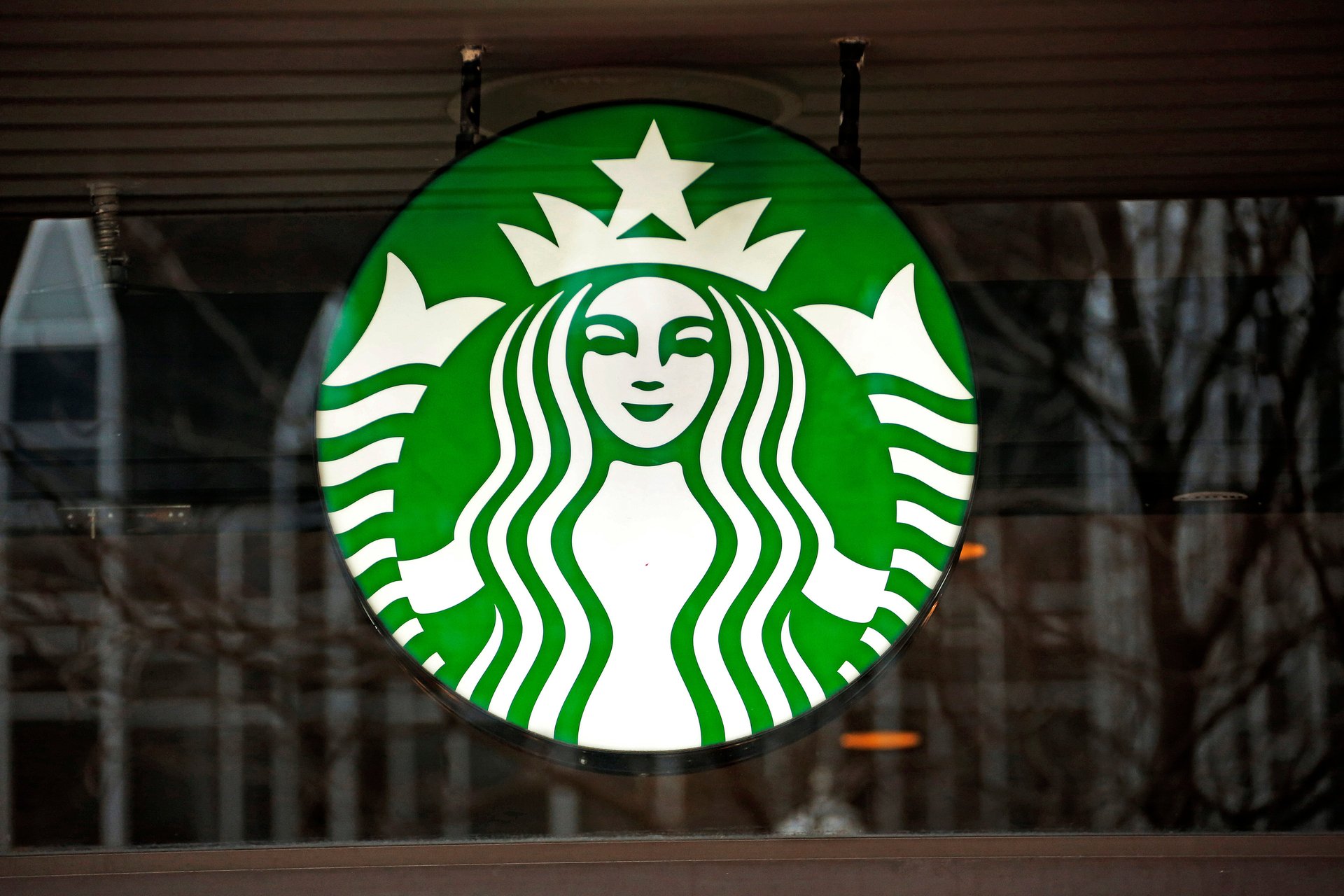Starbucks reports record Q1 revenue but lowers outlook as consumer spending falls in some markets
Starbucks on Tuesday reported record revenue in its fiscal first quarter but lowered its sales outlook for the rest of the year as spending weakens in China and other markets

Starbucks reported record revenue in its fiscal first quarter but lowered its sales outlook for the rest of the year as spending weakens in China and other markets.
Suggested Reading
The Seattle coffee giant said Tuesday it now expects revenue to increase between 7% and 10% in its current fiscal year, down from the 10-12% increase it forecast in early November. Global same-store sales — or sales at stores open at least a year — are now expected to rise between 4% and 6%, down from the previous 5-7% range.
Related Content
The update came after a bumpy first quarter that fell short of Wall Street's expectations. Starbucks said its revenue rose 8% to a record $9.43 billion for the October-December period. But that was lower than the $9.6 billion analysts had forecast, according to FactSet. Global same-store sales rose 5%, which was also lower than the 7% increase analysts forecast.
Starbucks CEO Laxman Narasimhan said there were pockets of good news in the fiscal first quarter. U.S. holiday sales were strong, and the company saw the highest-ever spending on gift cards in the U.S., with $3.6 billion preloaded onto cards during the quarter. Starbucks also saw record U.S. spending per order as visitors bought more food and spent more to customize their drinks.
But starting in mid-November, Narasimhan said, U.S. store traffic slowed.
Starbucks faced multiple headwinds during the quarter. On Nov. 16, workers at more than 200 U.S. stores walked off the job to protest lack of progress in negotiating union contracts with the company. It was the largest strike yet in the 2-year-old effort to unionize Starbucks’ company-owned U.S. stores.
Narasimhan on Tuesday reiterated that Starbucks wants to restart negotiations with Workers United, the union that has organized workers in at least 370 U.S. stores. Starbucks has said it wants to reach a labor agreement with workers this year.
“We believe in a direct relationship with our partners. And in the 4% of our stores in the U.S. where our partners have chosen to be represented by a union, we are committed to finding a constructive path forward with those unions,” Narasimhan said during a conference call with investors.
Starbucks also faced boycotts in the Middle East and elsewhere after it sued Workers United in October over a pro-Palestinian message posted on a union social media account.
Starbucks said it was trying to get the union to stop using its name and likeness, since the post also kicked off protests from pro-Israel demonstrators. But boycotters felt the company wasn’t adequately supporting the people of Gaza. Starbucks and Workers United plan to try to resolve the lawsuit in mediation sessions next month, according to court filings.
“I am deeply distressed by the violence shaking the region,” Narasimhan said Tuesday. “As I have shared, Starbucks condemns violence against the innocent, hate, and weaponized speech.”
While Starbucks' most loyal customers have kept up their visits, U.S. stores saw a drop-off in occasional visitors during the quarter, and traffic has continued to be soft in January. Starbucks said it's working to bring those customers back with targeted offers and new menu items.
Starbucks also reported mixed results in China during its first quarter. Customer transactions were up 21% but average spending per order fell 9% as consumers spent more cautiously and Starbucks offered more discounts.
Belinda Wong, who oversees Starbucks' China business, said Tuesday that the Chinese market is seeing a rash of lower-priced competitors who are building stores quickly and challenging Starbucks on price. But Starbucks thinks those competitors will shake out over time.
"We’re not interested in entering the price war. We’re focusing on capturing high quality, profitable, sustainable growth," Wong said. Starbucks reiterated that it plans to have 9,000 stores in China by 2025, up from nearly 7,000 today.
Starbucks said its net income rose 20% to just over $1 billion, or 90 cents per share. Analysts had forecast earnings of 93 cents per share.
Starbucks shares rose 4% in after-hours trading.
